Floating markets represent one of humanity’s most ingenious solutions to the challenge of commerce in water-rich environments—they transform boats into mobile stores while creating social and economic hubs that adapt to tides, seasons, and customer needs. These markets evolved independently in cultures around the world, each developing unique characteristics that reflect local geography, agricultural patterns, and trading traditions.
From Southeast Asian canal systems to Mexican lake communities, floating markets demonstrate how water can become a highway for commerce rather than a barrier to trade. Here’s a list of 16 floating markets that showcase this remarkable form of commerce.
Damnoen Saduak
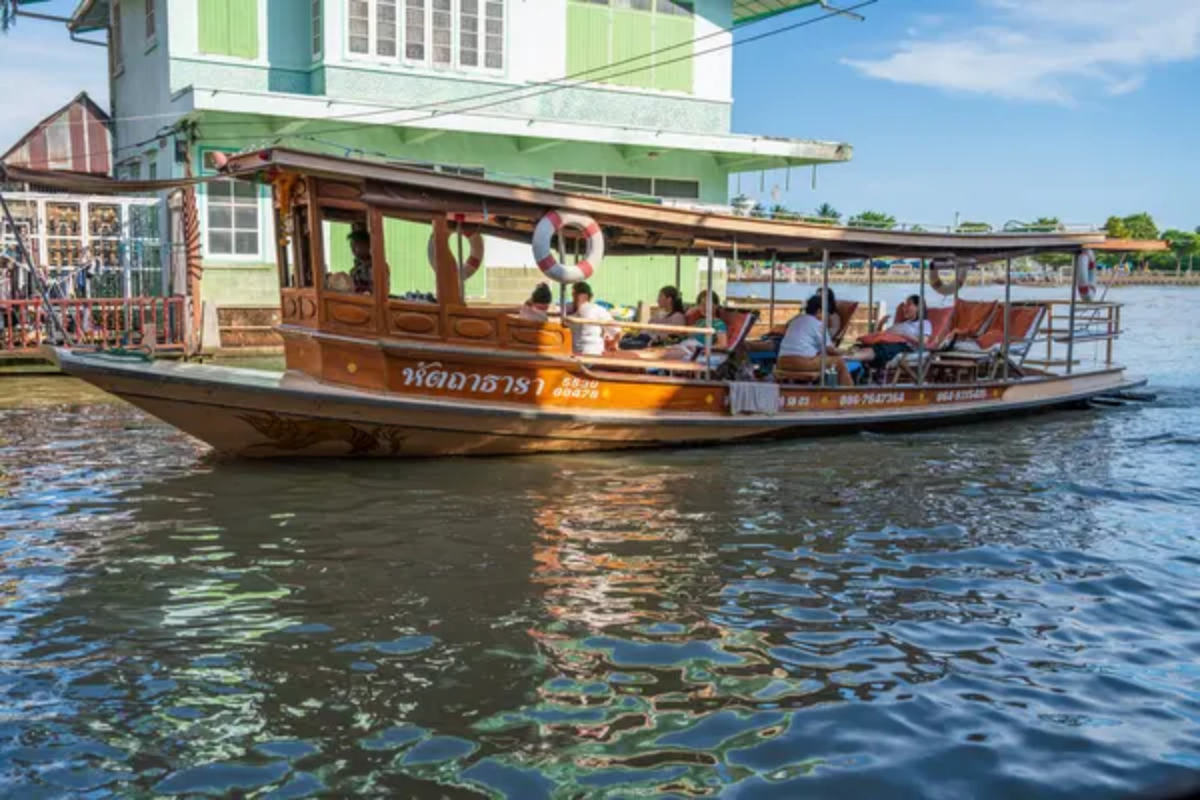
Thailand’s most famous floating market operates in canals southwest of Bangkok, where vendors paddle narrow boats loaded with tropical fruits, vegetables, and prepared foods. The market opens before dawn when wholesale buyers arrive to stock their stalls, creating authentic commercial activity before tourist boats appear later in the morning.
Traditional long-tail boats navigate channels barely wider than the vessels themselves, requiring boat-handling skills that vendors learn from childhood.
Amphawa

This Thai market comes alive in the evening, when vendors light lanterns and serve fresh seafood from boats moored along the canal banks. The surrounding wooden houses on stilts create atmospheric shopping environments where you can buy everything from grilled fish to handmade crafts.
Local families often eat dinner directly from the boats, creating social scenes that feel more like neighborhood gatherings than tourist attractions.
Like Travel Pug’s content? Follow us on MSN.
Cai Rang
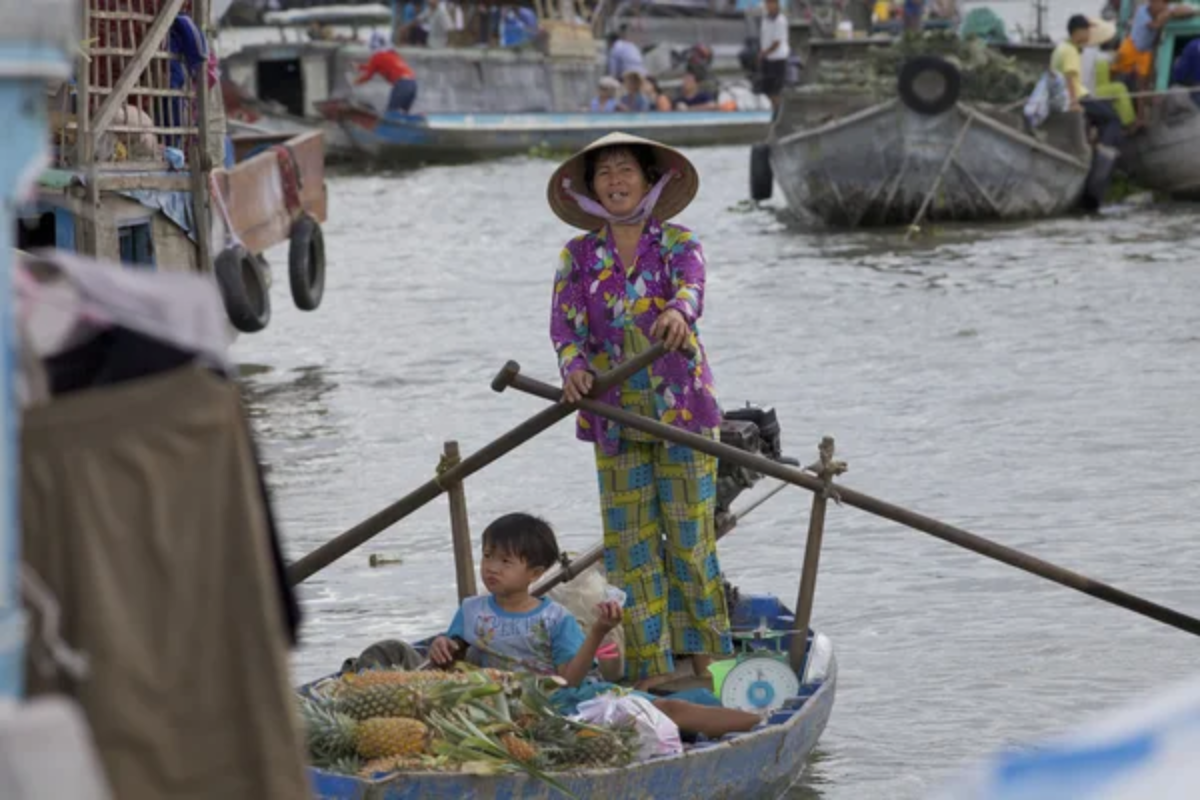
Vietnam’s Mekong Delta contains this wholesale floating market where larger boats display samples of their cargo on tall poles—a traditional advertising method that allows buyers to identify products from considerable distances. The market operates in the early morning when the river fills with boats carrying everything from pineapples to dragon fruit.
Smaller boats weave between the anchored wholesalers, selling coffee and breakfast to vendors and buyers who conduct business entirely on the water.
Lok Baintan
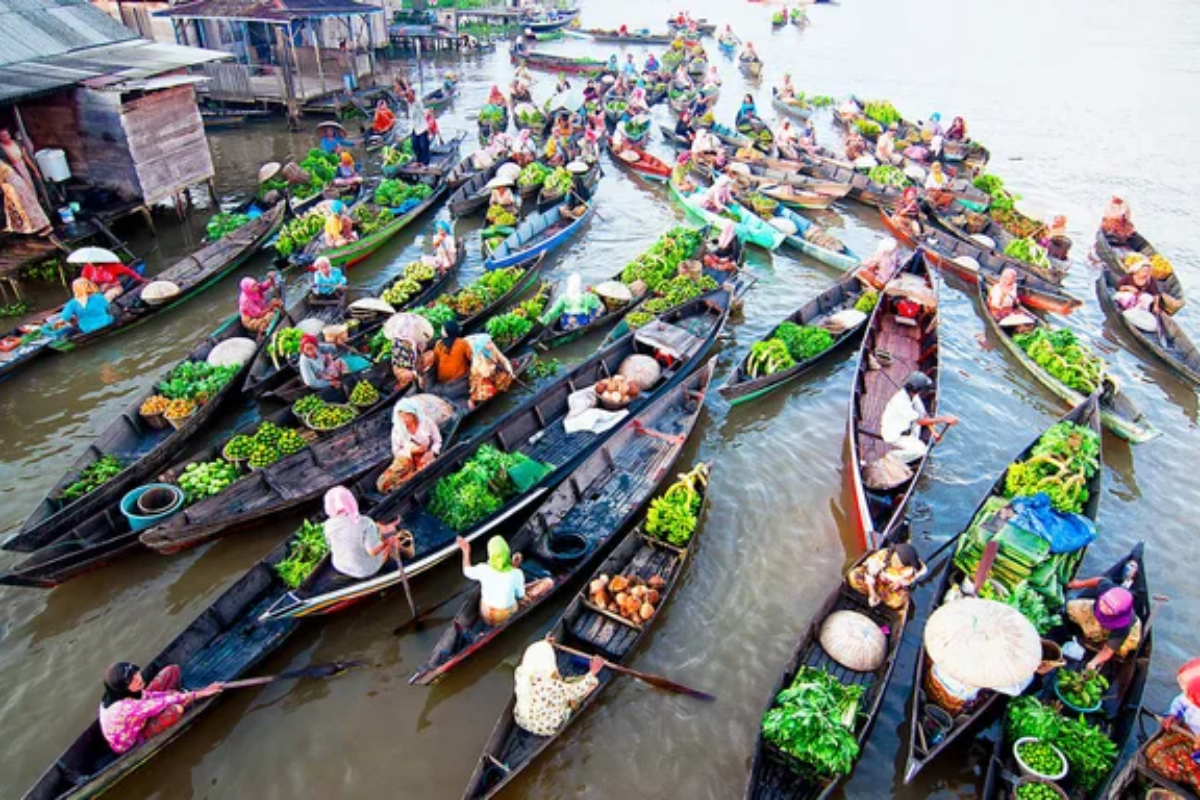
Indonesia’s South Kalimantan floating market operates where several rivers converge, creating natural gathering places for boats carrying produce from upstream farming communities. Women vendors paddle small boats called jukung while wearing traditional cone hats that provide sun protection during long hours on the water.
The market’s location in peat swamp forests means vendors navigate channels that disappear entirely during dry seasons.
Dal Lake
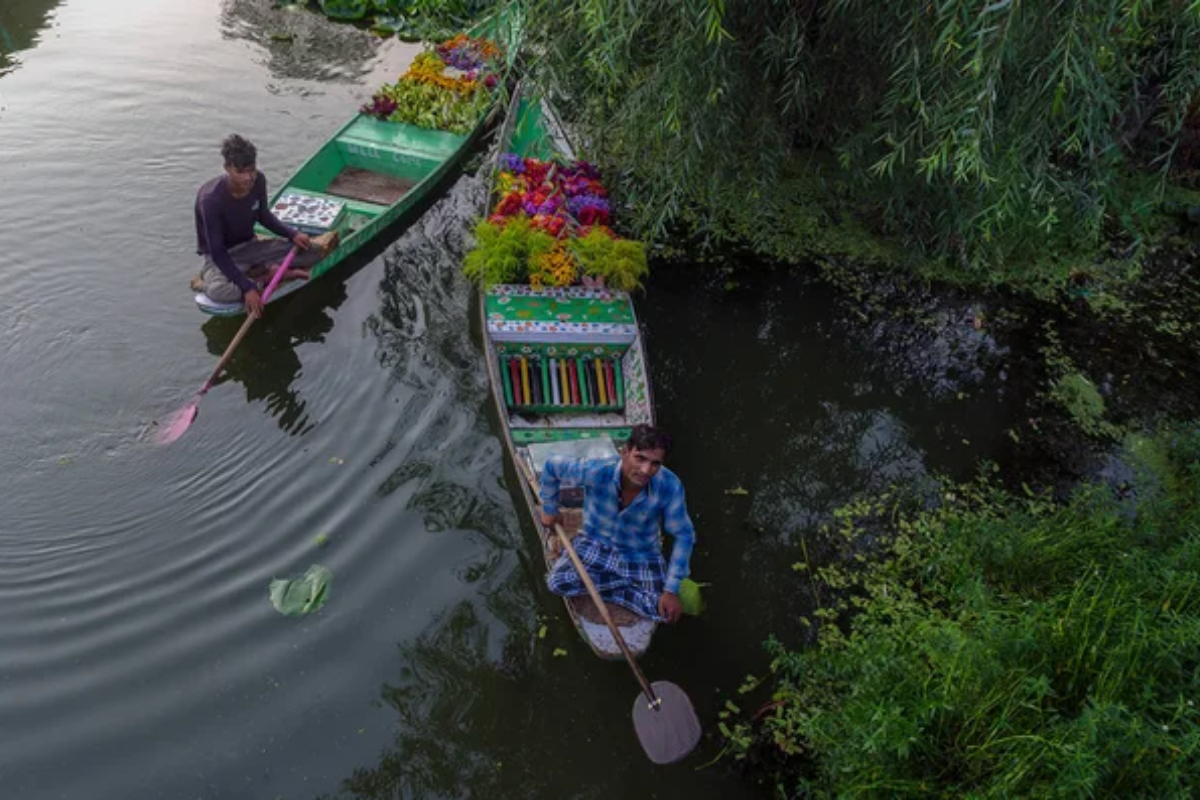
India’s Kashmir region contains floating markets where vendors sell vegetables grown in floating gardens—a remarkable agricultural system where plants grow on mats of water hyacinth and lake weeds. The houseboats that serve as floating homes often double as shops, selling everything from saffron to traditional handicrafts.
Political tensions in the region mean tourist access varies significantly, but the markets continue serving local communities regardless of broader circumstances.
Like Travel Pug’s content? Follow us on MSN.
Inle Lake
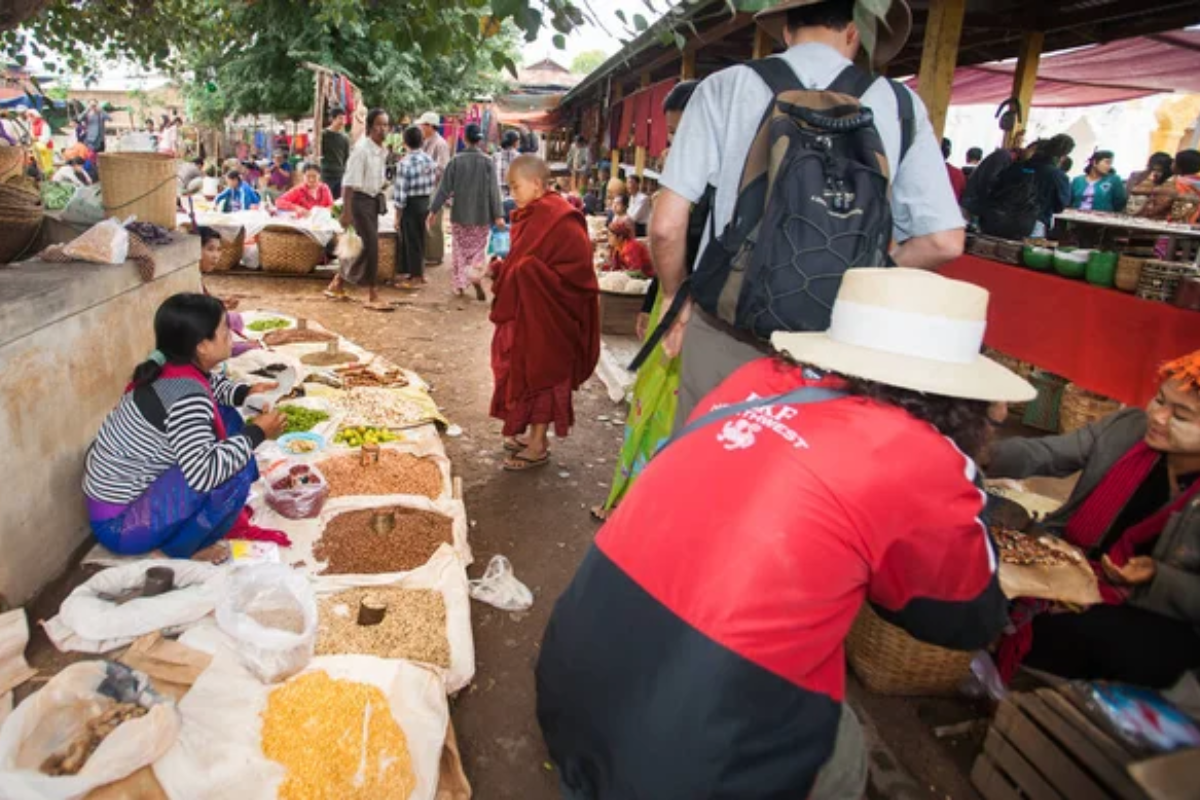
Myanmar’s mountain lake supports floating markets where leg-rowing fishermen sell their catch alongside vendors offering produce from floating gardens that cover much of the lake’s surface. The unique rowing technique—where fishermen wrap one leg around an oar while standing—evolved specifically for navigating the shallow lake while keeping hands free for fishing.
Traditional crafts like boat building and weaving continue in stilt-house workshops that line the lake’s edges.
Ganvie
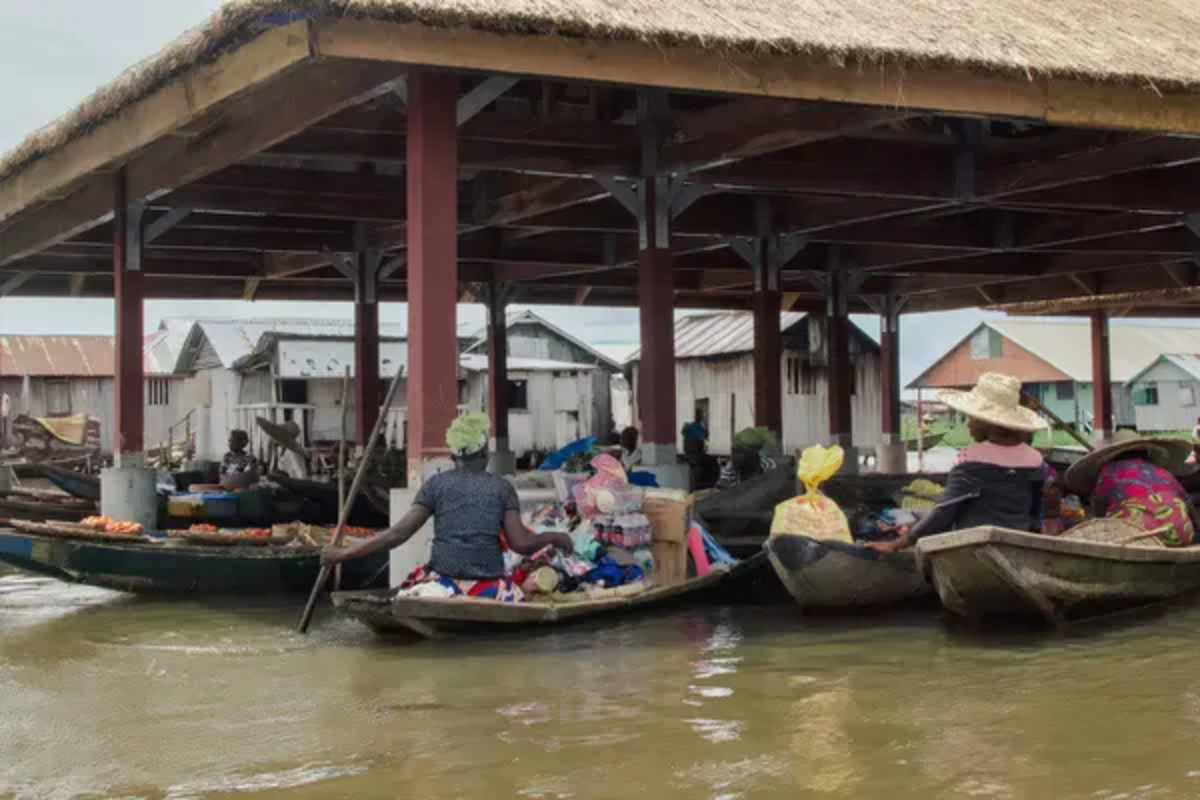
Benin’s ‘Venice of Africa’ sits entirely on stilts in Lake Nokoué, where residents conduct all commerce from boats that serve as both transportation and mobile shops. The community developed when the Tofinu people fled to the lake to escape slave traders, creating a culture entirely adapted to aquatic life.
Fresh fish markets operate directly from fishing boats, while other vendors sell everything from palm wine to household goods.
Xochimilco
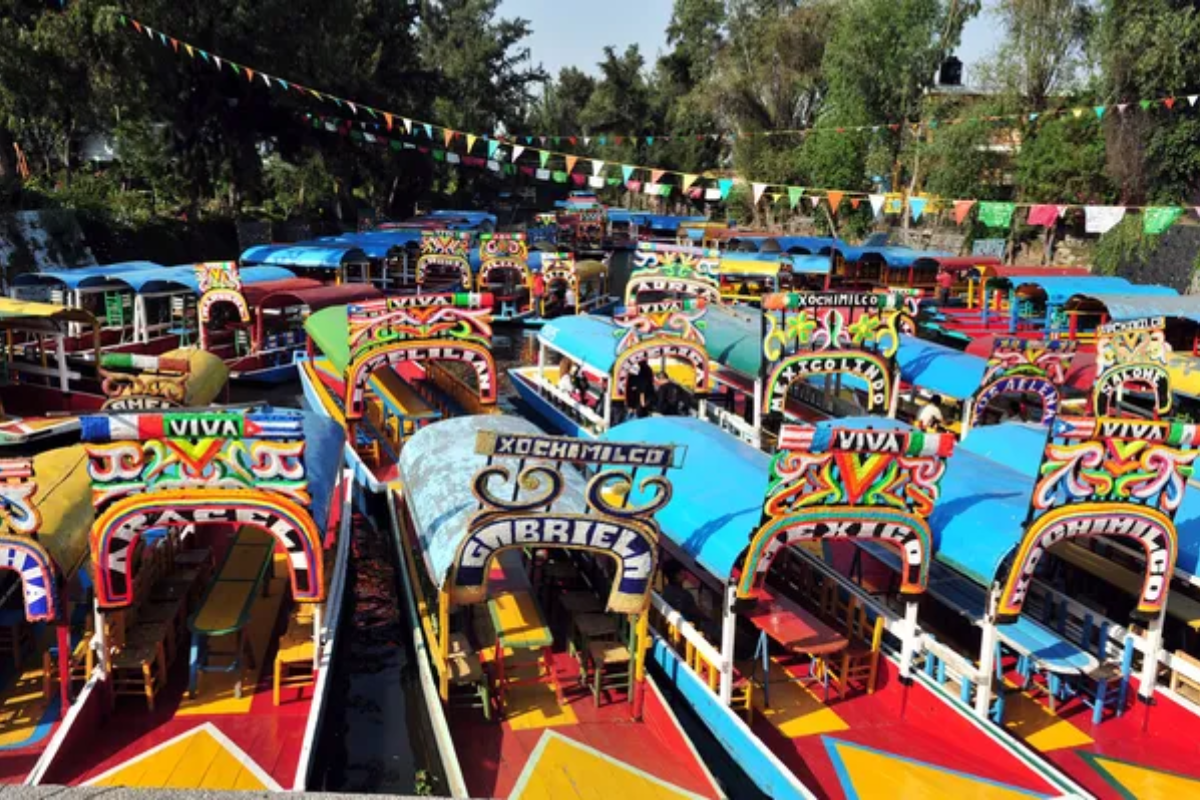
Mexico City’s ancient lake system contains trajineras—colorful flat-bottomed boats that carry vendors selling everything from traditional foods to mariachi performances. The canal system represents the remnants of Aztec agricultural innovation, where floating gardens called chinampas fed entire cities.
Modern vendors continue this water-based commerce tradition while navigating canals that UNESCO recognizes as World Heritage canals.
Like Travel Pug’s content? Follow us on MSN.
Willemstad
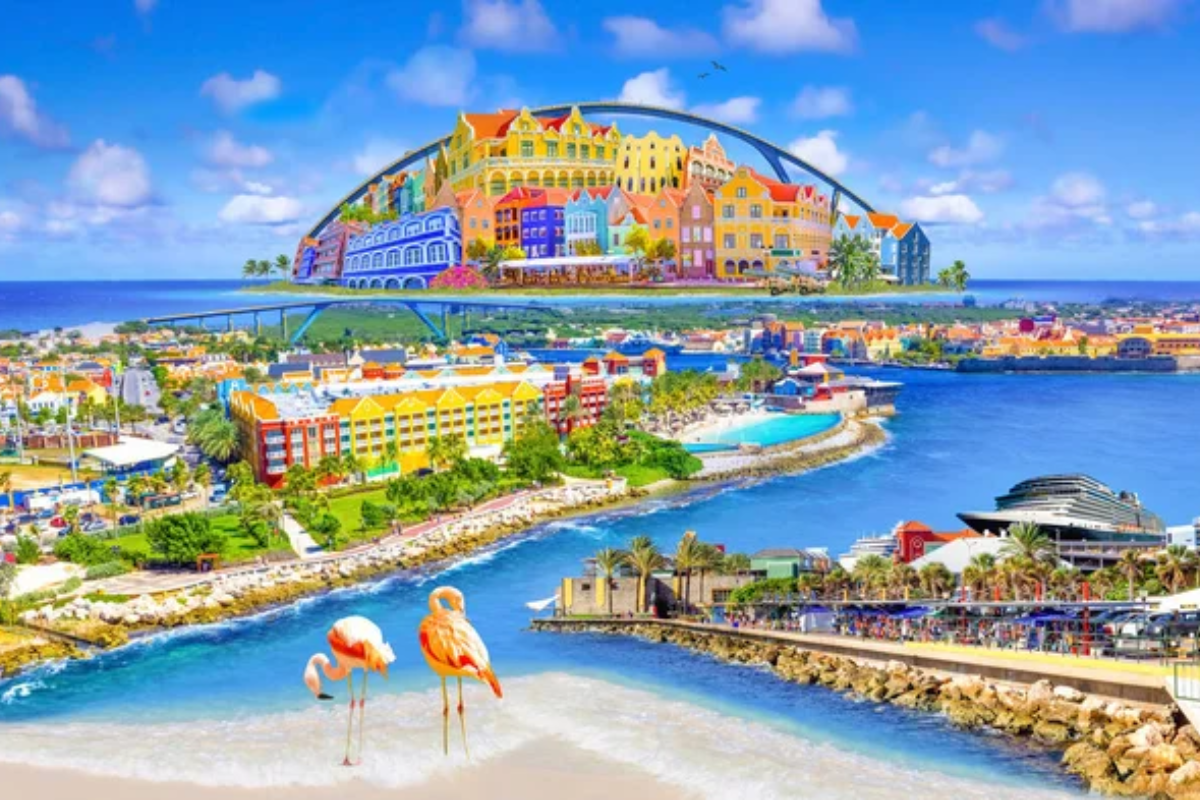
Curaçao’s floating market brings Venezuelan vendors across the Caribbean in small boats loaded with fresh produce that’s often unavailable in local stores. The boats moor along the Punda waterfront, where vendors sell directly from their vessels, creating colorful displays of fruits and vegetables against the backdrop of Dutch colonial architecture.
Currency exchanges happen in multiple languages as vendors accept both Venezuelan bolívars and Caribbean guilders.
Tonle Sap
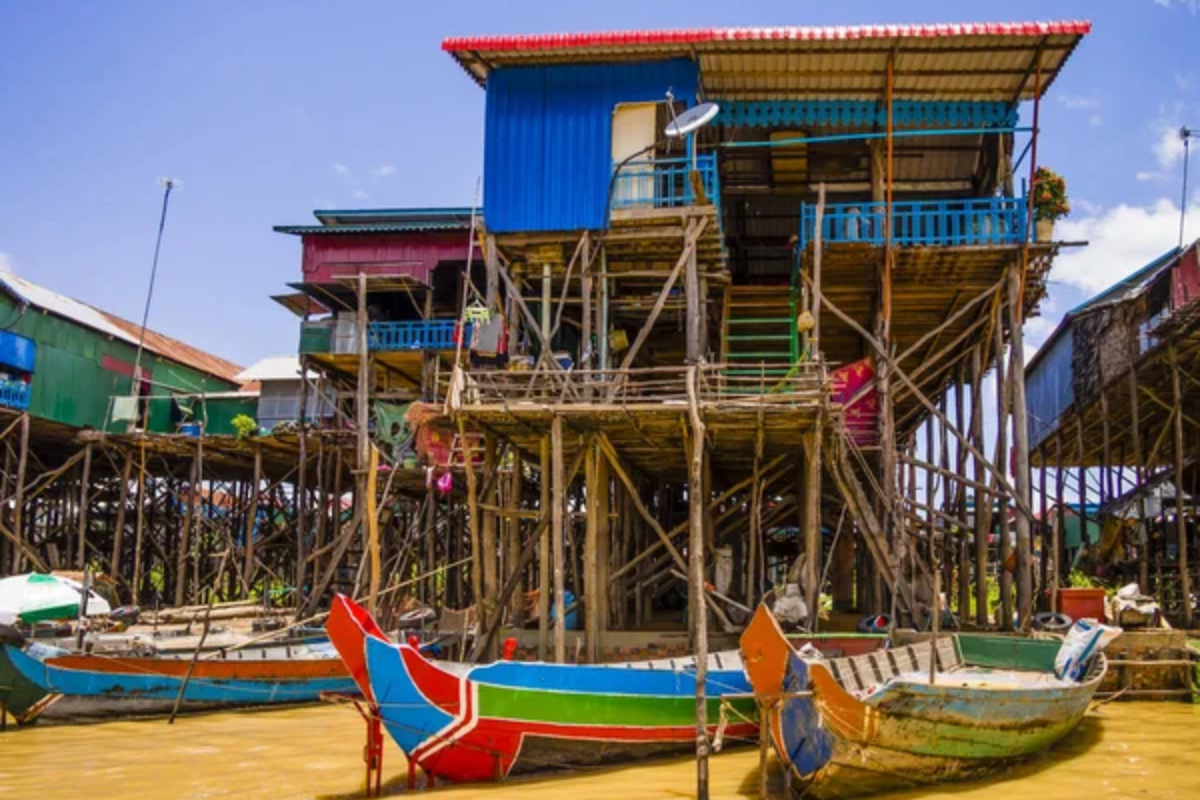
Cambodia’s Great Lake supports floating villages where entire communities follow the fish migrations that provide their livelihoods. Markets move with the villages, operating from boats that serve families whose homes, schools, and shops all float on the lake’s surface.
The seasonal changes are dramatic—areas that contain thriving communities during high water become dry land when the lake recedes.
Halong Bay
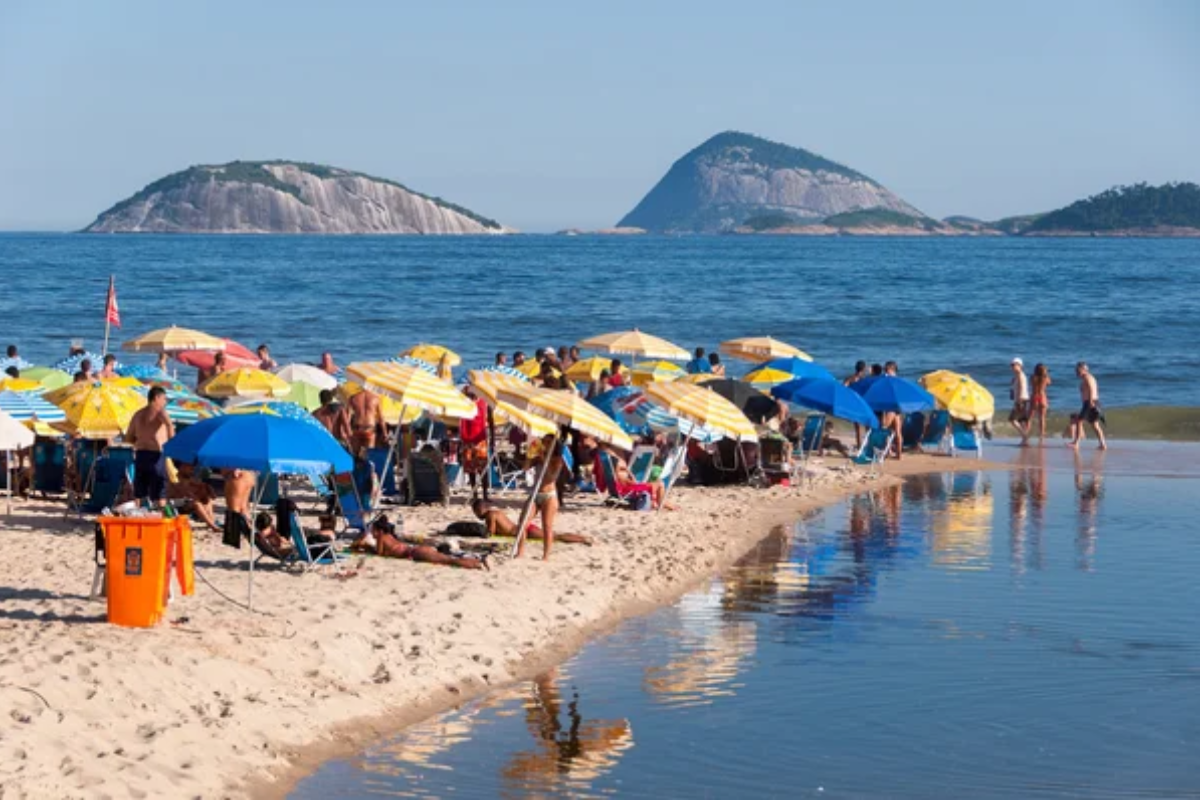
Vietnam’s limestone karst landscape contains floating markets where vendors serve tourists and local fishermen from boats that navigate between towering rock formations. Fresh seafood comes directly from fishing boats, while vendors offer tropical fruits and cold drinks to visitors exploring the bay’s caves and islands.
The markets operate year-round despite weather conditions that can be challenging for small boats.
Like Travel Pug’s content? Follow us on MSN.
Bangkok Khlong
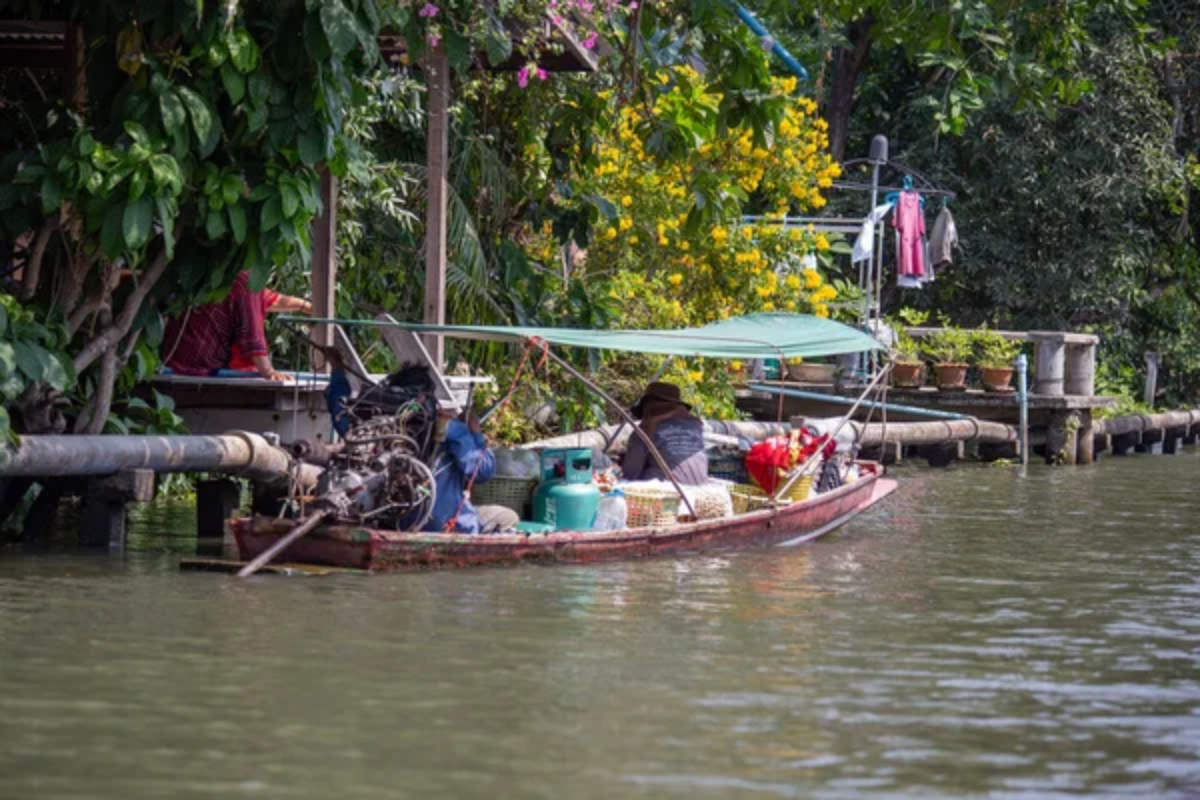
Thailand’s capital city still contains numerous canal markets where vendors paddle through residential neighborhoods, bringing groceries and prepared foods directly to customers who shop from their doorsteps. The Khlong (canal) markets serve Thai families who live in traditional wooden houses along the waterways that originally served as Bangkok’s primary transportation system.
Modern roads have replaced most canal traffic, but floating vendors continue serving neighborhoods that maintain water access.
Mekong Can Tho
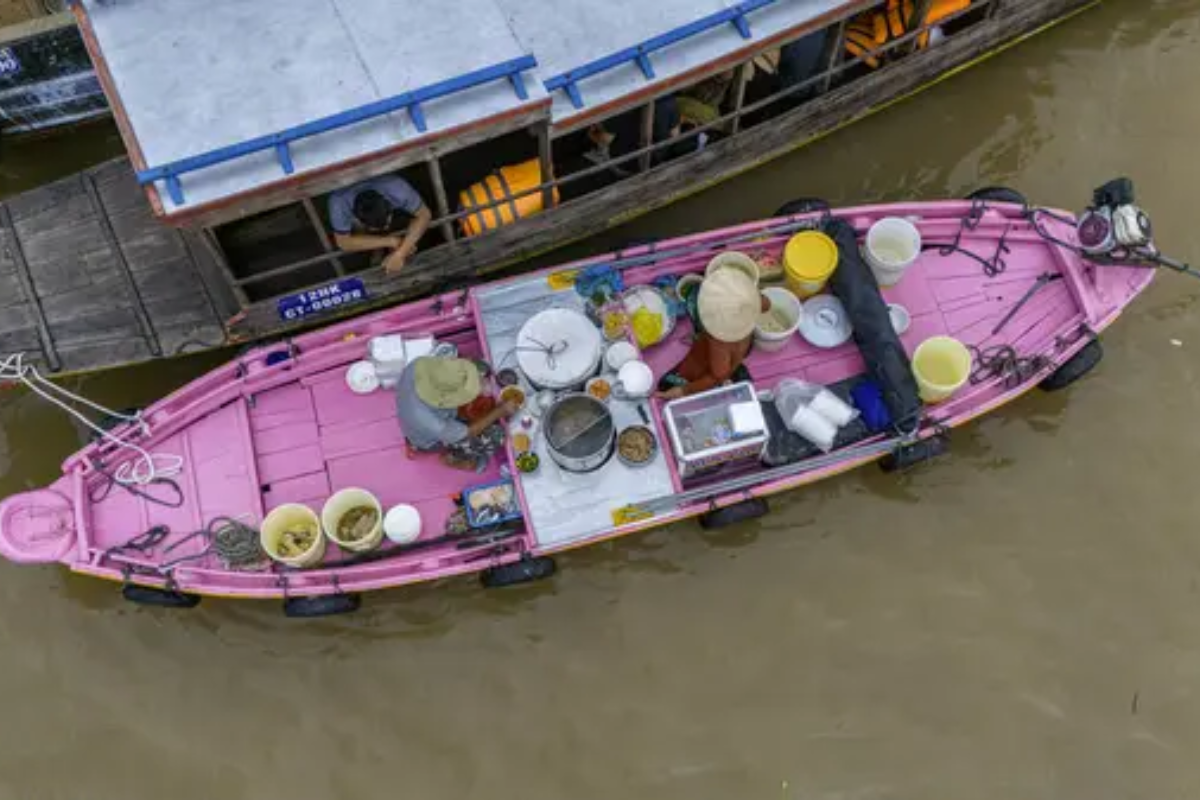
Vietnam’s Can Tho floating market operates at the confluence of several Mekong tributaries, where wholesale vendors anchor their boats in organized sections based on the products they’re selling. Rice, fruits, and vegetables arrive from upstream farming communities, while processed goods flow downriver toward Ho Chi Minh City.
The market functions as a crucial link in the agricultural supply chain that feeds much of southern Vietnam.
Guatavita

Colombia’s sacred lake contains weekend floating markets where vendors sell traditional foods and crafts to visitors who come to learn about the legend of El Dorado. The circular lake sits in an ancient volcanic crater that the Muisca people considered sacred, conducting gold offerings that created the El Dorado legends.
Modern vendors respect these traditions while providing authentic cultural experiences alongside their commercial activities.
Like Travel Pug’s content? Follow us on MSN.
Bacalar
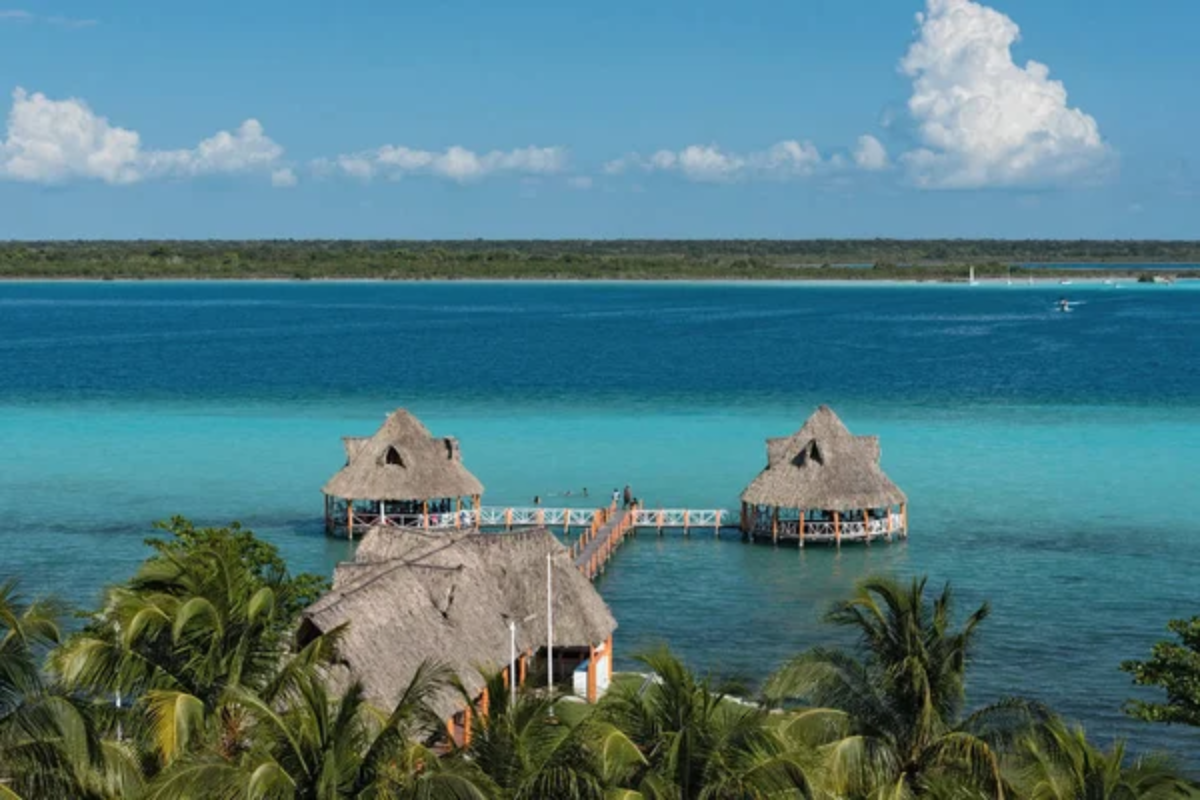
Mexico’s ‘Lake of Seven Colors’ supports small floating markets where vendors sell fresh coconuts, tropical fruits, and local crafts to visitors who come to swim in the incredibly clear cenote-fed waters. The lagoon’s stunning blue colors create spectacular backdrops for the small boats that serve both as transportation and mobile shops.
Mayan communities around the lake maintain traditional crafts that vendors sell directly from their boats.
Tai O
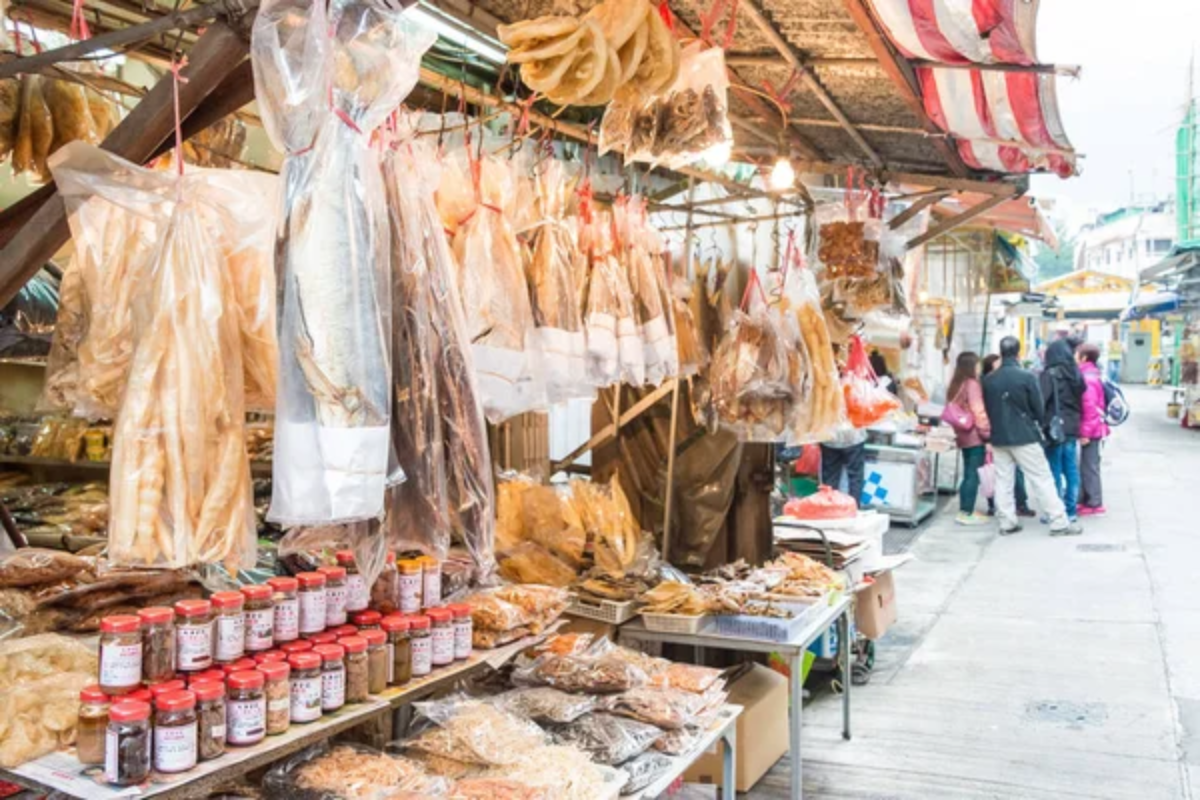
Hong Kong’s ‘Venice of the East’ contains floating markets where vendors sell dried seafood and traditional Chinese medicines from boats that navigate channels between stilt houses. The village represents one of Hong Kong’s last traditional fishing communities, where families continue practices that date back generations.
Shrimp paste production—a traditional industry that creates the village’s distinctive aroma—continues in floating workshops that process the catch directly on the water.
Commerce Flows Like Water
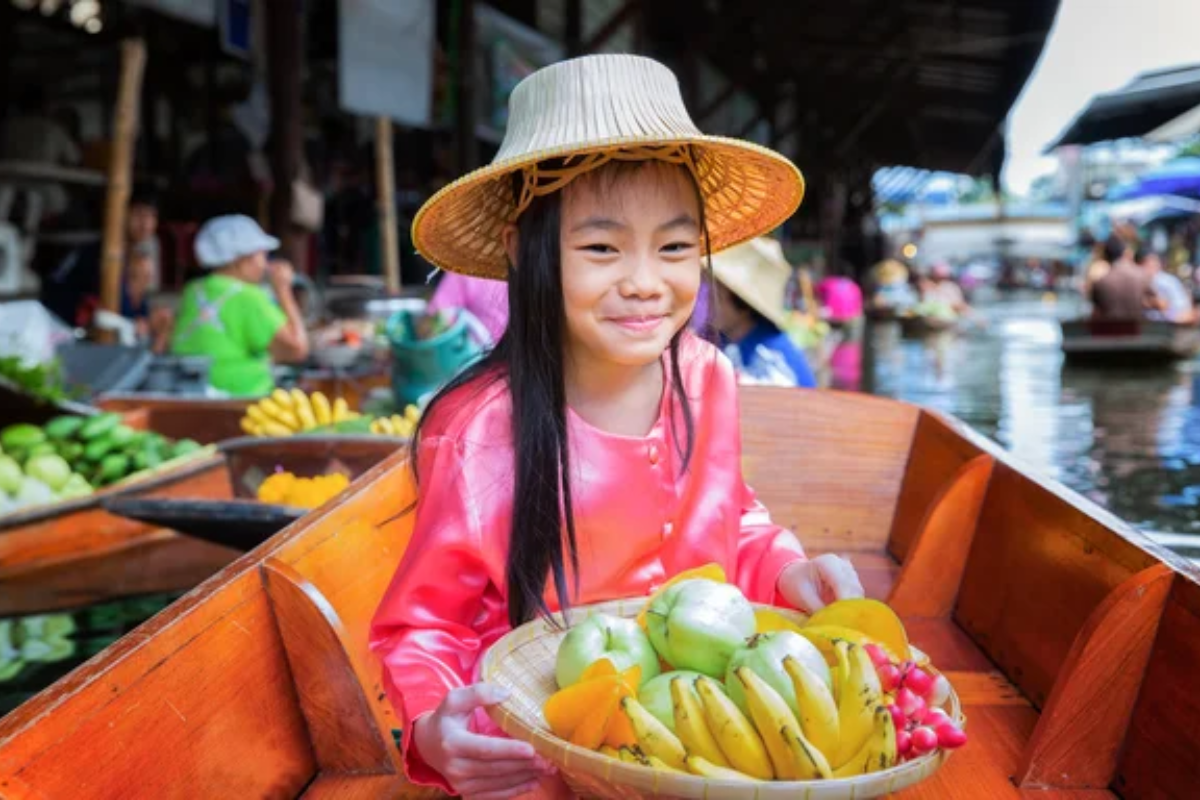
These floating markets prove that human ingenuity adapts to any environment—where land-based commerce faces obstacles, water-based solutions emerge that often prove more efficient and sustainable than their terrestrial counterparts. Each market reflects the unique geography and culture of its location while demonstrating universal principles of trade and community that transcend national boundaries.
The boats, vendors, and products create constantly changing scenes that make every visit a unique experience, proving that the most dynamic markets are literally the ones that float with the current.
More from Travel Pug

- 20 Best Beach Towns in the Carolinas
- 13 Destinations Where Tourists Regularly Regret Their Trip
- 20 Destinations That Are More Magical Without an Itinerary
- 20 Underrated Adventures That Belong on Your Travel List
- 20 Cities Where You Should Just Wing It, No Planning Required
Like Travel Pug’s content? Follow us on MSN.
